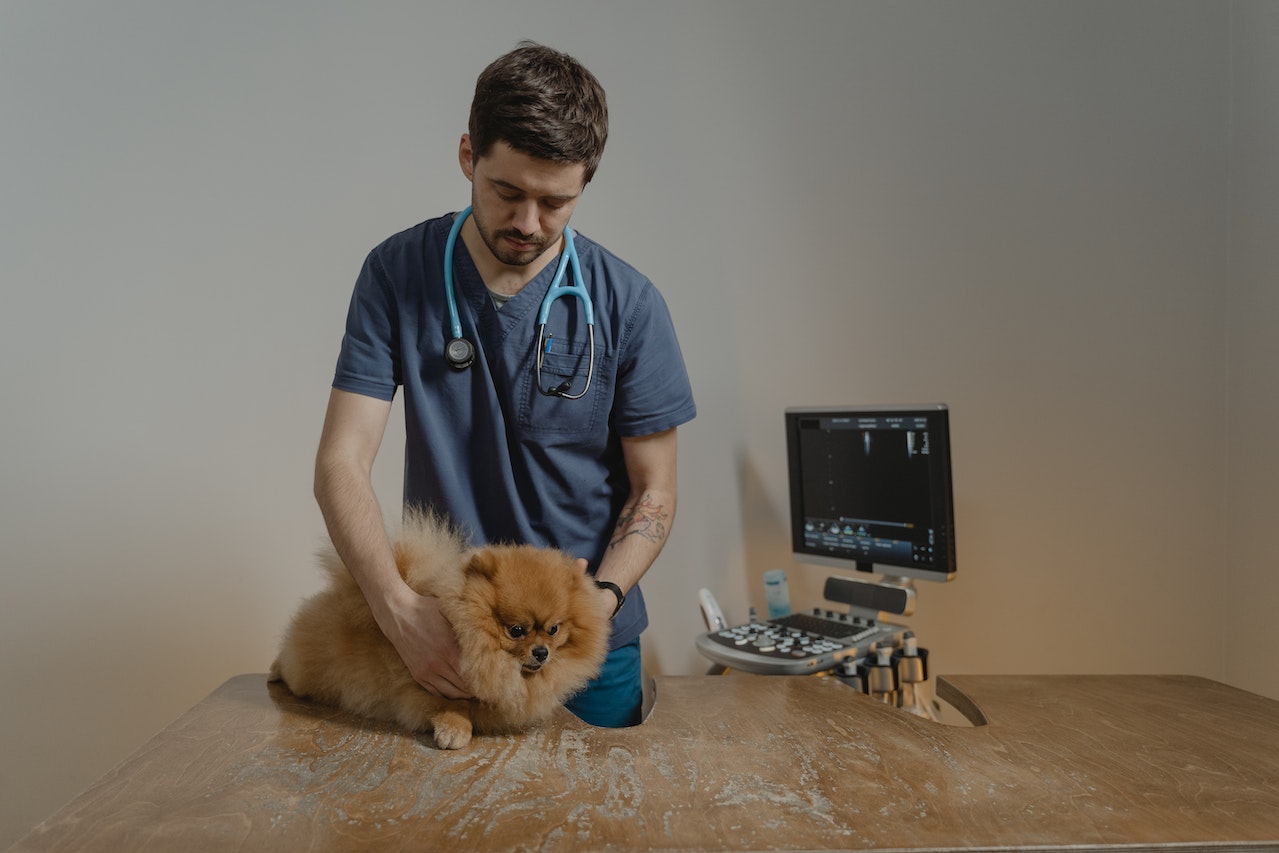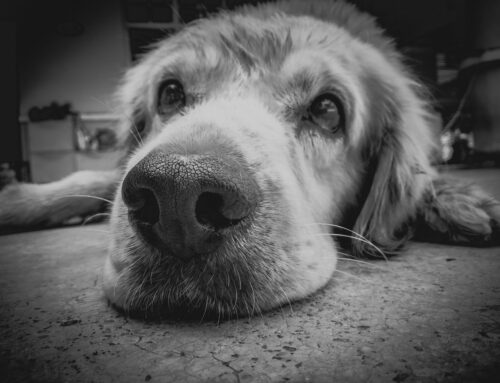Preparing your dog for a veterinary exam may be an essential step in ensuring that your pet receives the best possible treatment. This is because dogs might get frightened during veterinary checkups, making the process more challenging for the dog and the doctor. But, by preparing your dog beforehand, you may make the experience more pleasant and less stressful for everyone involved.
Bring all your dog’s essentials before going to the vet
While taking your dog to the veterinarian. You must bring all of their vital belongings. This can assist assure your dog’s comfort, safety, and care throughout their visit. You must bring these items with you while taking your dog to the veterinarian:
Leash and collar. Carrying a collar and leash with you when taking your dog to the veterinarian is essential. This will aid in keeping your pet safe and under control in the clinic.
Medical records. Taking your dog’s medical documents with you might greatly assist the veterinarian. It can help them create a more accurate diagnosis and treatment plan, particularly if your dog has a medical history.
Treats. Taking your dog’s favorite snacks to the vet will help keep them calm and distracted. It is also an excellent method of rewarding your pet for good behavior.
Water. It is crucial to keep your dog hydrated during veterinary visits. Carrying a water bottle and a bowl can assist in guaranteeing that your pet has access to water during the visit.
Blanket or bed. Bringing a blanket or bed will make your dog feel safer and more comfortable throughout their stay. This might be particularly useful if your dog is apprehensive.
Pet Carrier. If your dog is tiny enough to fit into a carrier, bring it along. This can assist in keeping them secure during transport to and from the veterinarian.
Know what your vet is looking for in a veterinary exam
Understanding what your veterinarian looks for during a veterinary checkup will help you have a better understanding of your dog’s health and any possible problems it may be facing. During a typical veterinary checkup, doctors look for the following:
Overall appearance. The veterinarian will analyze the general look of your dog, including its weight, coat condition, and disposition. This can assist them in recognizing any symptoms of disease or injury.
Vital signs. The veterinarian will examine your dog’s temperature, heart rate, and respiration rate. Any abnormalities in these regions may suggest underlying health problems.
Ears, eyes, and mouth. The veterinarian will inspect the ears, eyes, and mouth for symptoms of sickness or infection. Also, they will examine your dog’s teeth and gums for symptoms of dental disease.
Skin and coat. The veterinarian will inspect the skin and fur of your dog for anomalies such as lumps, pimples, and rashes. In addition, they will look for fleas and ticks.
Musculoskeletal system. The doctor will examine the joints and muscles of your dog’s musculoskeletal system. This can assist in identifying any symptoms of arthritis, injury, or other conditions that could compromise your dog’s movement.
Abdomen. The veterinarian will examine your dog’s belly for symptoms of pain or discomfort using palpation. In addition, they will listen to your dog’s intestines for abnormal activity.
Behavior and temperament. The veterinarian will analyze your dog’s behavior and temperament during the checkup. This can help them recognize any anxiety or stress symptoms indicating underlying health problems.
How to Avoid Common Problems During the Veterinary Exam
Exams by a veterinarian are essential to maintaining your dog’s health. Still, they can be unpleasant or difficult for you and your furry buddy. It is crucial for your dog’s physical and mental wellbeing that they have a pleasant experience during their veterinarian appointment. You may take various methods to avoid frequent issues throughout the exam.
First, if your dog has anxiety or fear during trips to the veterinarian, try to make the encounter as cheerful and relaxing as possible. Providing positive reinforcement, bringing their favorite food or toys, and speaking soothingly may help create a comfortable setting for pets.
Second, aggressiveness during the exam might be an issue. Before the exam, working with your dog on their behavior and socialization is essential to avoid this. Discuss with your veterinarian how to regulate your dog’s behavior during the checkup if they are highly anxious or aggressive.
During the checkup, communication with your veterinarian is vital. Be careful to ask questions and share pertinent information, such as alterations in your dog’s health or behavior. This can aid in addressing all concerns and identifying any possible problems.
The inappropriate handling of your dog during the examination might cause discomfort or even agony. To prevent this, cooperate with your veterinarian to ensure your dog is handled carefully and cautiously.
By following these measures to create a great experience during your dog’s veterinarian checkup, you can help ensure that your furry companion receives the best possible care and treatment, contributing to their long-term health and happiness.
Prepping your dog for a veterinarian exam can help you and your furry companion have a happier experience. You can assure a successful checkup and the best possible treatment for your dog by acclimating them to being handled and caressed, familiarizing them with the veterinarian clinic atmosphere, ensuring they are well-behaved and receptive, and carrying pertinent medical information.





